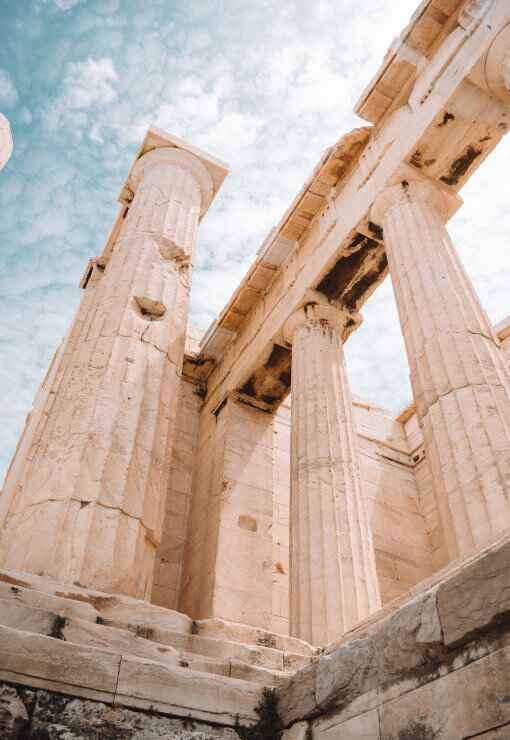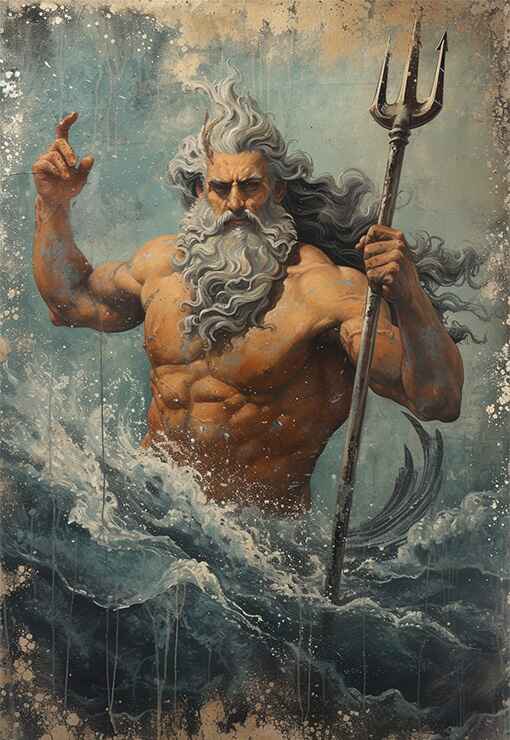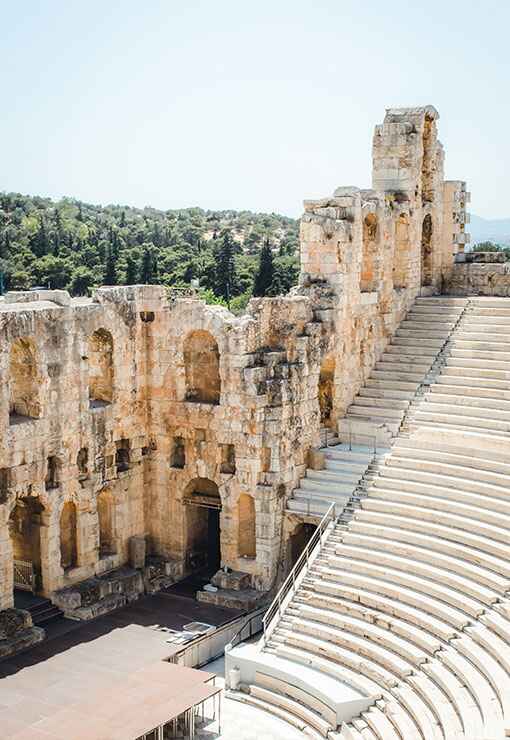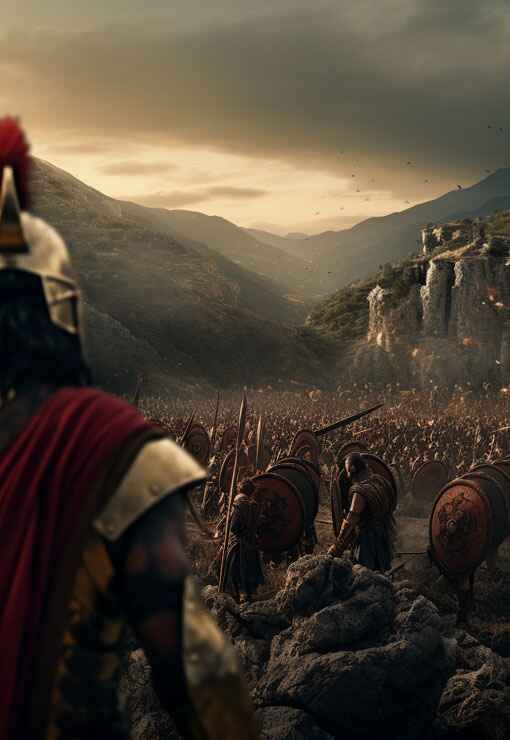

Ancient Greek sculpture is renowned for its artistic achievements, reflecting the ideals, mythology, and cultural values of the ancient Greek civilisation. Here are some key aspects of Ancient Greek sculptures:
Materials:
Archaic Period (circa 800-480 BCE):
Kouros and Kore: Archaic sculptures often depicted male (kouros) and female (kore) figures. They exhibited a distinctive stylised form with a rigid posture, and the male figures were often nude.
Classical Period (480-323 BCE):
Idealised Forms: Classical Greek sculpture reached its pinnacle during the 5th and 4th centuries BCE. Artists aimed for idealised representations of the human body, emphasising balance, proportion, and harmony.
Contrapposto: Sculptors introduced contrapposto, a naturalistic pose where the weight is shifted to one leg, creating a more relaxed and lifelike stance.
Polykleitos: Polykleitos, a renowned sculptor, formulated the Canon, a set of rules governing ideal proportions in sculpture.
Famous Sculptures and Sculptors:
Phidias: Phidias was a leading sculptor of the Classical period, known for his monumental works, including the statue of Zeus at Olympia and the Parthenon friezes in Athens.
Myron: Myron created the Discobolus, a famous sculpture depicting an athlete in the act of throwing a discus.
Praxiteles: Praxiteles introduced a more naturalistic and sensual style. His works include the statue of Hermes and the Infant Dionysus.
Hellenistic Period (323-31 BCE):
Emotional Realism: Hellenistic sculpture departed from the idealised forms of the Classical period and embraced more emotional and dynamic representations. Subjects ranged from gods and heroes to everyday people.
Laocoon and His Sons: A famous Hellenistic sculpture depicting the Trojan priest Laocoon and his sons in a dramatic struggle with sea serpents.
Purpose and Context:
Religious Significance: Many Greek sculptures had religious purposes, adorning temples and serving as representations of gods and goddesses.
Commemorative: Sculptures were often dedicated to commemorate individuals, such as athletes or war heroes.
Legacy:
Influence on Western Art: The principles and styles of Ancient Greek sculpture have had a profound and lasting impact on Western art. Renaissance artists, in particular, looked to ancient Greek works for inspiration.
Museum Collections: Many Ancient Greek sculptures are housed in museums around the world, such as the British Museum, the Louvre, and the National Archaeological Museum in Athens.
The legacy of Ancient Greek sculpture lies in its enduring beauty, technical skill, and its influence on subsequent artistic traditions. These sculptures continue to be studied, admired, and replicated in various forms today.
Ancient Greek free-standing sculpture represents one of the pinnacles of Greek artistic achievement, showcasing the Greeks' mastery of form, movement, and realism.
More
Ancient Greek architectural sculpture is a testament to the Greeks' ability to harmonize art and architecture.
More
Ancient Greek art and architecture, with its harmonious proportions and timeless elegance, continue to inspire awe and admiration millennia later.
Discover
Greek mythology, a rich tapestry of gods, heroes, and mythical creatures, captivates the imagination with its tales of love, betrayal, and epic adventures that delve into the depths of the human psyche.
Discover
Ancient Greek history, marked by remarkable achievements in democracy, philosophy, and warfare, shaped the foundation of Western civilization, leaving an indelible legacy of innovation and cultural influence that continues to resonate to this day.
Discover
The ancient Greek Olympics, held in Olympia every four years, celebrated athleticism, unity, and cultural pride, serving as a testament to the enduring spirit of competition and excellence that transcends time and borders.
Discover
Ancient Greek wars, such as the Persian Wars and the Peloponnesian War, were pivotal conflicts that shaped the course of history, highlighting the struggle for power, independence, and the clash of civilizations in the ancient Mediterranean world.
Discover
Ancient Greek culture and society, characterized by its emphasis on art, philosophy, and civic engagement, fostered a vibrant intellectual and social landscape where innovation flourished, democracy thrived, and the pursuit of knowledge and excellence was celebrated as fundamental values of civilized life.
Discover
Find out more about ancientgreece.com